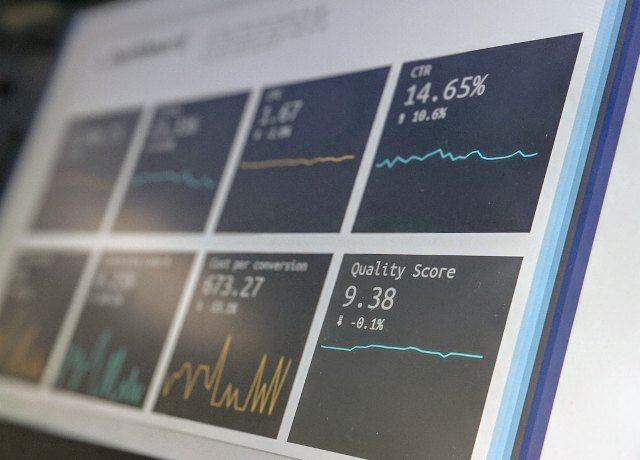Monitoring the health of a sales pipeline is crucial for businesses aiming to optimize their sales process. Sales velocity is a key metric that plays an integral role in understanding how quickly potential revenue moves through your sales funnel. By examining this metric, companies gain insights into the effectiveness of their sales strategies and can identify areas for improvement. Measuring the four variables that contribute to sales velocity can provide a comprehensive overview of your sales team’s performance, enabling data-driven decision-making. Below, we discuss how to navigate the complexities of this metric and leverage it for your business’s growth, and also consider the equation for sales velocity.
Understanding the Sales Velocity Formula and Its Components

The formula for sales velocity measures the rate at which a business generates revenue from its sales pipeline. It combines several critical factors, including the number of opportunities, average deal value, win rate, and length of the sales cycle.
The first variable in the equation is the number of opportunities in your pipeline. This reflects the total number of potential deals that sales teams are working on. The average deal value metric then provides insight into the typical revenue expected from each closed sale. It is essential to note that companies with higher-ticket items might operate with a different sales velocity rhythm compared to businesses that rely on quicker, smaller sales.
Analyzing the Four Variables Impacting Your Sales Velocity
The number of opportunities in your pipeline is the lifeblood of future sales. A consistent flow of quality leads is fundamental for maintaining a healthy sales pipeline and, consequently, a high sales velocity. Businesses must continuously refine their lead-generation tactics to ensure this component of the equation does not become a bottleneck in the revenue generation process.
The average deal value is where pricing strategies and product value propositions come under scrutiny. Increasing the average deal value typically means either adjusting prices or adding more value to current offerings, which can lead to higher returns on each deal closed. However, it’s crucial to maintain a balance to avoid pricing out potential customers.
Strategies to Improve Each Aspect of the Sales Velocity Equation
To enhance sales velocity, actionable strategies aimed at optimizing each variable of the equation should be implemented. For the number of opportunities, refining lead-generation methods and employing targeted marketing campaigns are instrumental. Cultivating a deeper understanding of the target market ensures that the leads entering the pipeline are qualified and more likely to convert.
Improving average deal value can be approached by focusing on cross-selling and up-selling opportunities or by reassessing the customer value proposition. It’s about delivering more value to the customer, which in turn, can justify an increase in prices. Tailoring products or services to meet the specific needs of customers can also help raise the perceived value.
The Role of Analytics Tools in Monitoring Sales Pipeline Health
In today’s data-driven business environment, analytics tools play a vital role in monitoring and managing the health of the sales pipeline. These sophisticated platforms are capable of tracking various metrics, including each component of the sales velocity equation. By generating real-time data and predictive insights, sales managers can make swift, informed decisions.
Analytics tools also enable the identification of trends and patterns that may not be apparent through manual analysis. This can encompass identifying which products are moving fastest through the pipeline or pinpointing stages in the sales cycle where prospects tend to drop off. Such insights are invaluable when looking to refine sales strategies for better performance.
Case Studies: How Successful Companies Use Sales Velocity for Growth
Real-world case studies illustrate the transformative impact a focus on sales velocity can have on a company’s growth trajectory. Businesses that diligently apply the sales velocity equation can unveil potential gaps in their strategy and discover opportunities for optimization. For instance, a tech company might find that shortening its demonstration phase leads to a quicker sales cycle and higher velocity.
Another example could be that of a SaaS enterprise which, by analyzing their sales velocity, pinpointed inefficiencies in their lead qualification process. As a result, after fine-tuning their criteria for qualified leads, they were able to increase their win rate and overall sales velocity significantly.
